It’s impossible to walk into the American Numismatic Association (ANA) World’s Fair of Money (WFOM) without being immediately struck by how intense the experience can be. The first thing you notice isn’t the coins, it’s the people. It’s the energy, the conversations, the sound of collectors swapping stories, cases clicking open and shut, and the occasional gasp when someone spots a coin they’ve only ever read about in books.
I came to this year’s show looking for unique error coins, but what I discovered – after wandering for three full days through aisles of cases, conversations, and handshake deals – is that sometimes the most unique error in the hobby isn’t in the metal. It’s the history that shouldn’t exist, but does.
1916 Doubled Die Obverse Buffalo Nickel
My personal coin goals for this year’s WFOM included a specific Buffalo Nickel error, a 1955 Doubled Die Obverse Lincoln Cent, and a handful of other old-school favorites that I’ve been collecting for years. I was just minutes into the show when I found myself face-to-face with a dealer and staring at one of my personal bucket-list coins: a 1916 Doubled Die Obverse Buffalo Nickel. Staring back up at me was the strong, unmistakable doubling on “1916,” the kind of error that I can spot with the unaided eye without even popping my loupe. I couldn’t stop thinking about that September day in 2005 when an MS64 example of this coin sold at auction for $264,500.
The coin in front of me was priced at around $30,000. A little more than I had budgeted for spending that week, but still. You never forget the first time you see it in person.
That’s the beauty of this hobby. It’s addictive because even if something is out of reach at the moment, simply coming face-to-face with it somewhere you never expected to makes the flames burn a little brighter and reminds every collector of the importance of patience, persistence, and just a little bit of luck.
2000 Sacagawea Dollar / Washington Quarter Mule
A few tables over, I met a man who looked like he knew the best inside joke in the building. In his case, he had a coin that didn’t know which side of its personality it wanted to show: Washington’s portrait on one side, the majestic eagle seen from the Sacagawea Dollar on the other, both coupled on a “golden dollar” planchet. “It just… Shouldn’t be,” he said, and he’s right. Minting two different denominations on the same coin is known as a mule, and mules are almost unheard of. It was rare, bizarre, and unforgettable.
For collectors, it’s a reminder that the hobby is full of these moments. You never know when you’ll stumble across something that completely rewrites what you thought you knew about minting, sending you on an entirely new quest.
1955 Doubled Die Obverse Lincoln Cent
There’s a certain look you start to recognize at WFOM. You’re across the room, watching other people, when you notice a crowd starting to gather around a table. They’re pointing, staring, the telltale “Oh-my-gosh-that’s-cool!” gasps floating across the room. I kept an eye on this group, and they quickly led me to the coin in question. It’s a 1955 Doubled Die Obverse Lincoln Cent, and before the dealer even slid it toward me, the doubling on the date and lettering just jumped out. This wasn’t the faint doubling you have to squint and pop a loupe in your eye to spot; this was bold, almost shouting back at me from across the room.
The owner told me he dreamed of finding one ever since he was a kid, and you could see it in his eyes that owning it was about much more than rarity. It was about finally getting to put the capstone on a decades-long quest. All of us in this hobby know that feeling. The hunt is half the fun. It’s the late nights flipping through rolls, the years scanning dealer trays, the hope that today might be the day your white whale shows up in someone’s case. And when it does? Magic.
1942/1 Mercury Dime
Down one of the quieter aisles, a dealer beckoned me over and invited me to take a closer look at a small, silver beauty in his case: the timeless 1942/1 Mercury Dime. The overdate was as clear as ever, the “1” from 1941 peeking through the “2” like a ghost from the past. Caused by a misalignment in the hubbing process, this error has long been a favorite among collectors of all types. The example he had was crisp, with full split bands and a hint of toning to show off its age with pride.
Overdates are a hobby staple, in part because they’re part history, part mystery, and part detective work. Collectors love piecing together the process that led to each one, and for every collector who already has one (like the one pictured above), there’s another out there who’s still on the hunt.
2005-D Jefferson Nickel – “Speared Bison”
In the modern section of the floor, a dealer slid me a nickel and asked, “So, what do you see?” At first, it looked just like the billions minted that year. But then I spotted it, a fine, raised line cleanly through the bison’s midsection. This “Speared Bison” die gouge is the kind of error that catches the eye and immediately sparks a conversation. It’s new, but in a good way, it’s not from decades past. It’s from our own era of collecting.
Proof, if we needed any, that even now, in the age of computerized production and machine precision, little slip-ups still occasionally make it past the quality control teams and give today’s collectors their own modern legends to go after.
Honorable Mentions
Not every coin at WFOM had a crowd three deep around it, but plenty of them definitely deserved a second look. Here are a few that I came across along the way.
- The 1943/2 Jefferson Nickel, A Wartime Overdate – Sometimes the past leaves its fingerprints on the future. The 1943/2 overdate nickel, with a ghostly “2” peeking through at the end of the “3,” was on display at a half-dozen tables. Like the 1942/1 Mercury Dime, it’s a window into the Mint’s hubbing process in that era and a reminder that even in times of war, small mistakes found their way through the lines.
- Wrong Planchet Strikes – One dealer had an entire case full of them: dimes struck on cent planchets, nickels on foreign blanks, even a cent on a dime planchet. Each one looked just “off” enough to make you stop and stare. What’s fascinating about wrong planchet errors is that they blend two stories into one: the design of one coin, the metal of another. It’s a mystery and a memory lesson all at once.
- Broadstruck Coins – Right in the middle of the show floor was a table with something you didn’t often see, broadstrikes. Coins without borders, they were spread wide and missing their rims, looking both dramatic and primitive. I saw several, including a Washington Quarter that looked as if it had been stretched like taffy, its design overflowing outward at the edges where the collar should have held it in place. They don’t often bring the six-figure headlines, but broadstrikes never fail to start conversations.
- Off-Center Coins – Then there were the 60% off-center strikes – among collectors’ favorite kind of “oops.” There’s something mesmerizing about a coin that’s only half there. Off-center strikes, especially those around 50–60%, hit a sweet spot where enough of the design remains to identify the coin, but the blank crescent left over shows just how far off the die landed. I spotted a Kennedy Half Dollar struck so far off-center that half of the obverse had been left unstruck, Kennedy looking like he’s leaning out of the frame.
Some other unique oddities to call out include a Roosevelt Dime with a partial brockage, a mirror-image impression of the reverse pressed into the obverse. A few dramatic die caps (where the planchet has “climbed” up and onto the die face), creating a stretched, bottle-cap shape. That’s the beauty of a show like WFOM; it’s not just the million-dollar rarities that make you stop and stare. Sometimes the most fascinating pieces are the ones that make you laugh, tilt your head, or pull out your loupe just to try and figure out what on Earth happened inside the Mint that day.
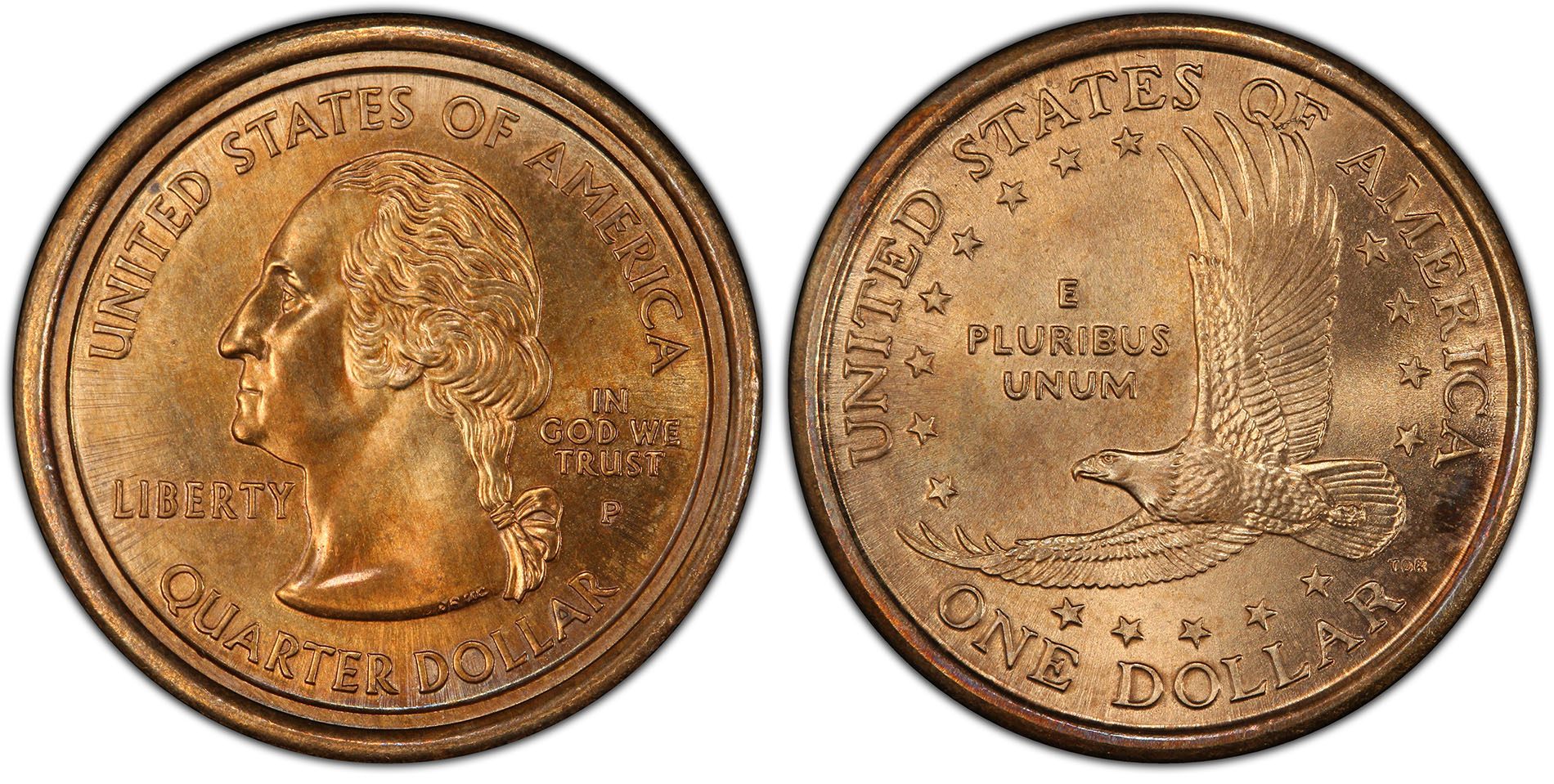
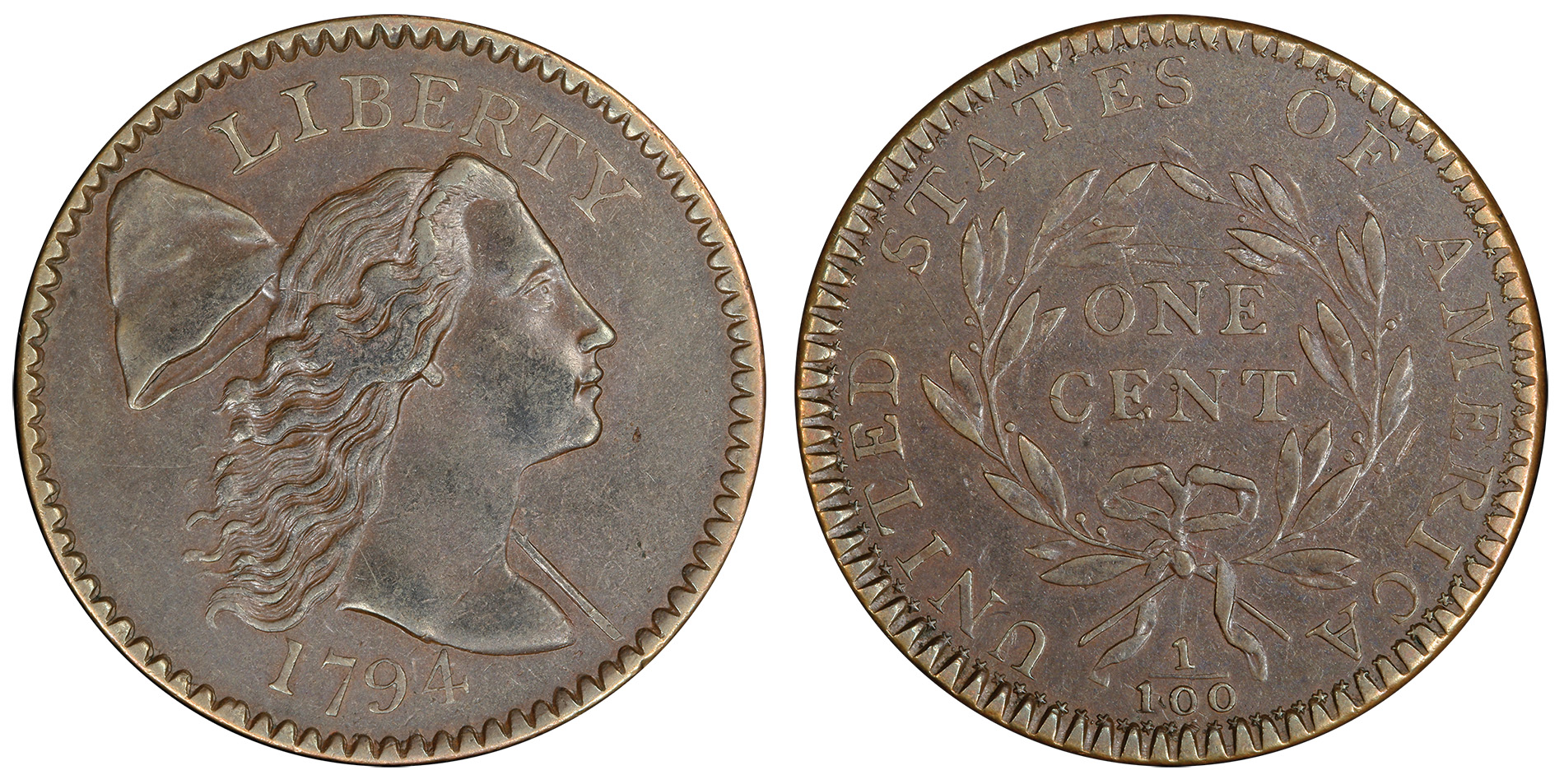
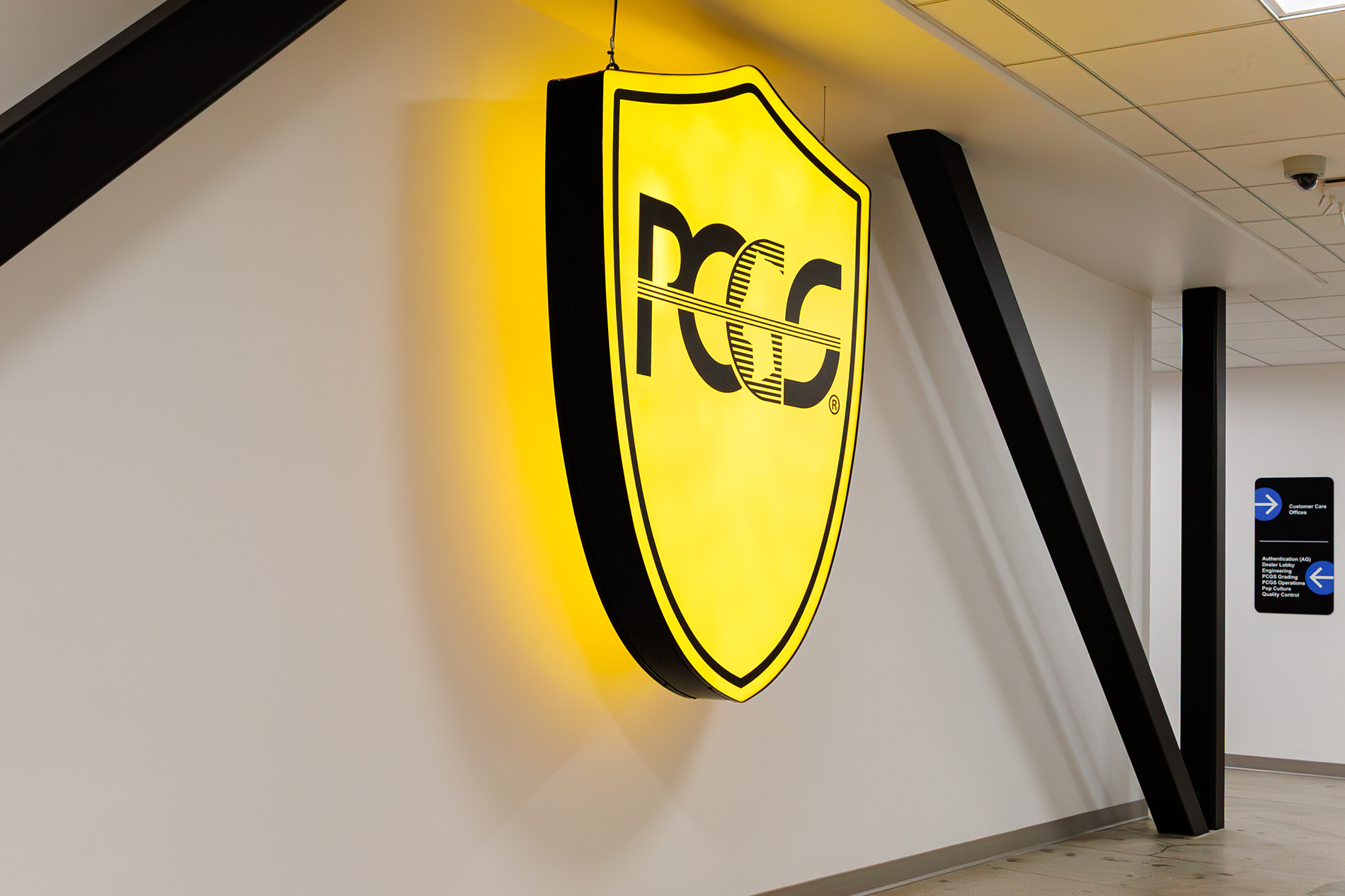
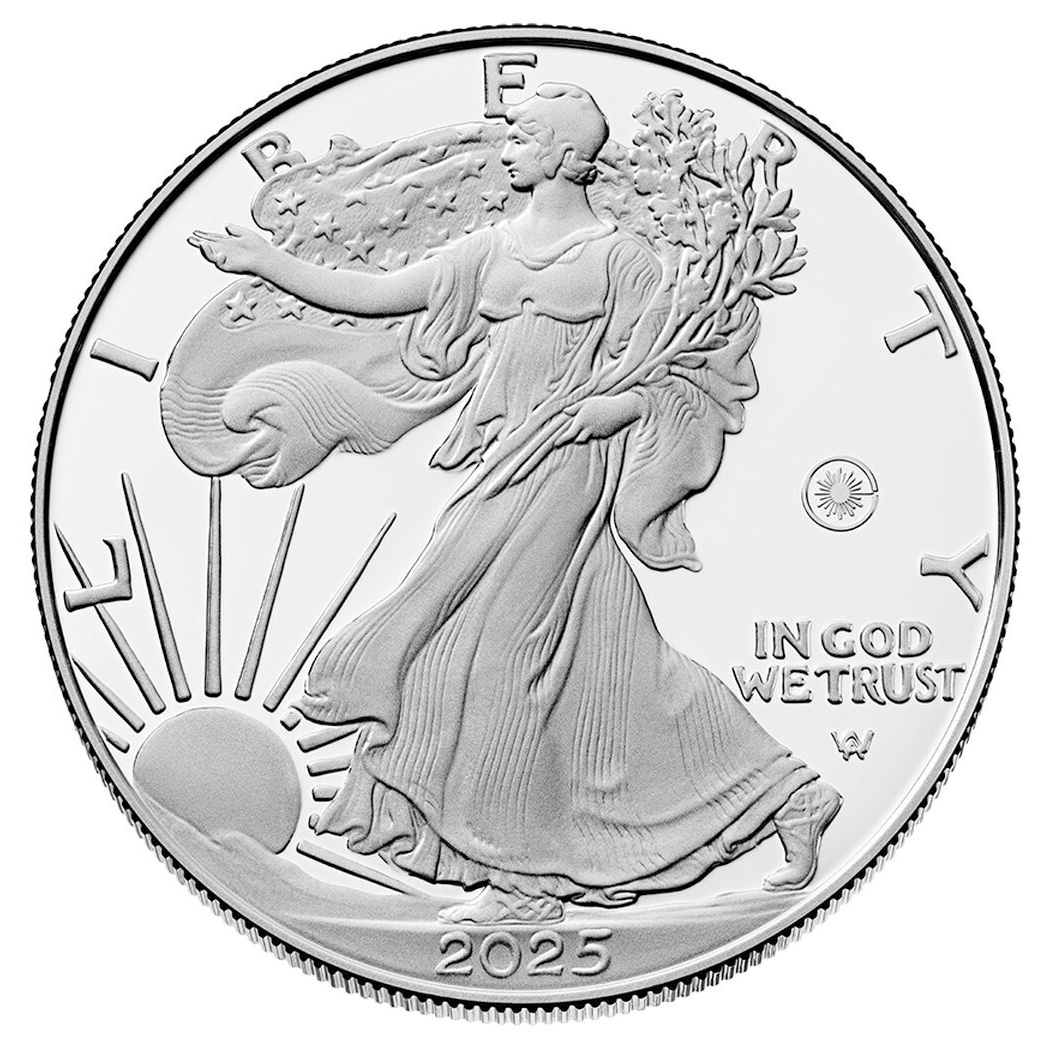
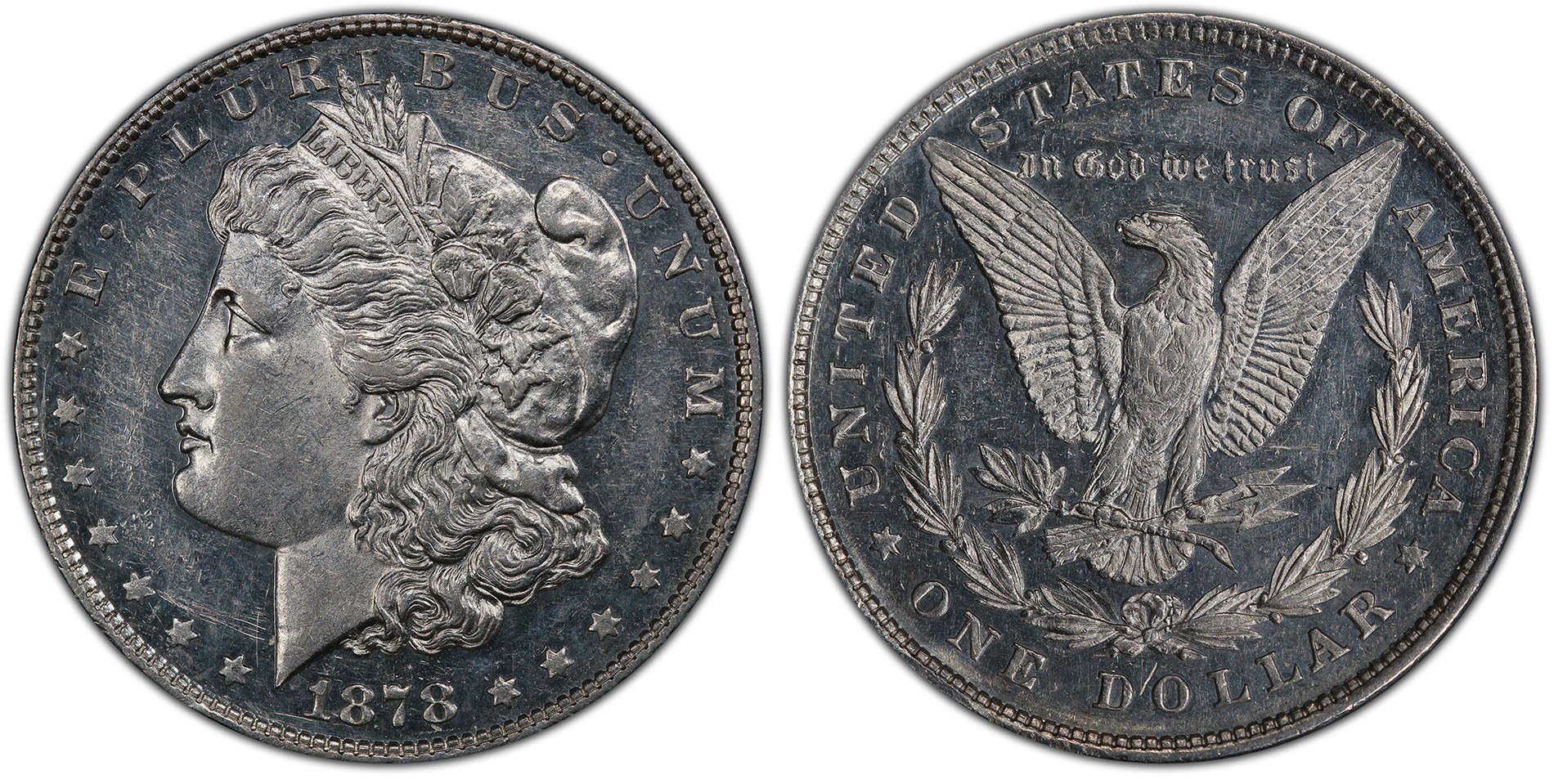


 Copper & Nickel
Copper & Nickel
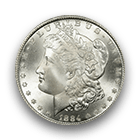 Silver Coins
Silver Coins
 Gold Coins
Gold Coins
 Commemoratives
Commemoratives
 Others
Others
 Bullion
Bullion
 World
World
 Coin Market
Coin Market
 Auctions
Auctions
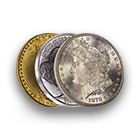 Coin Collecting
Coin Collecting
 PCGS News
PCGS News